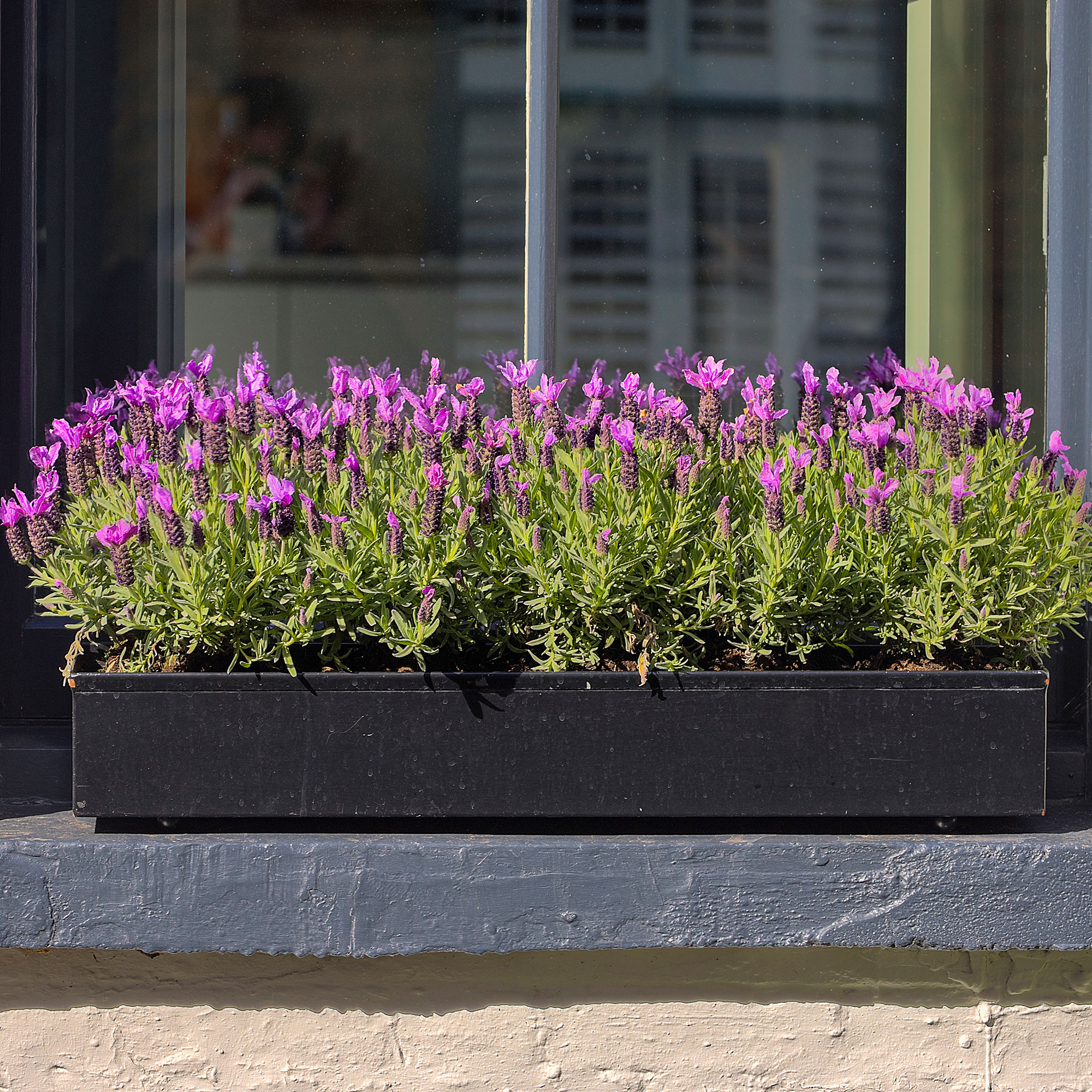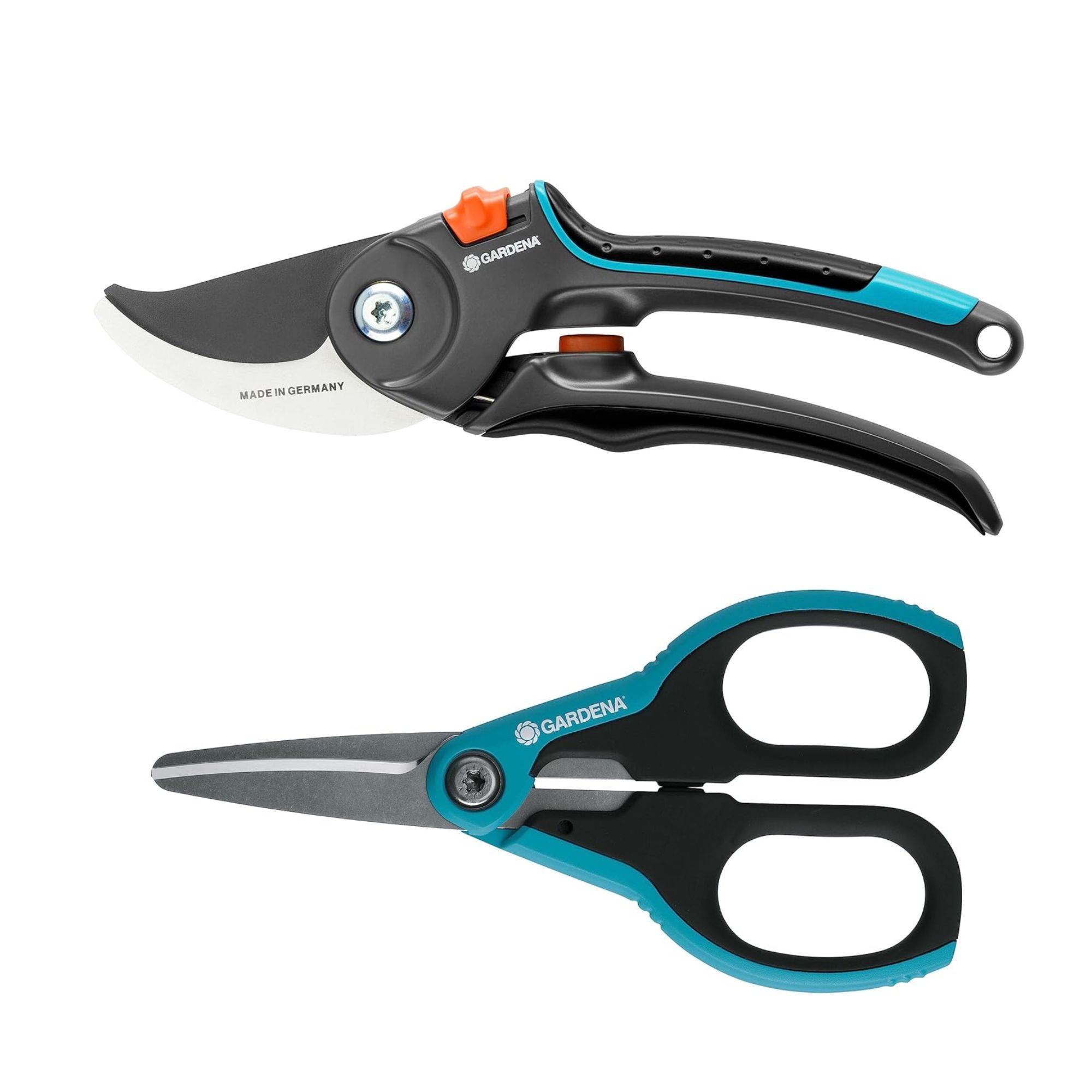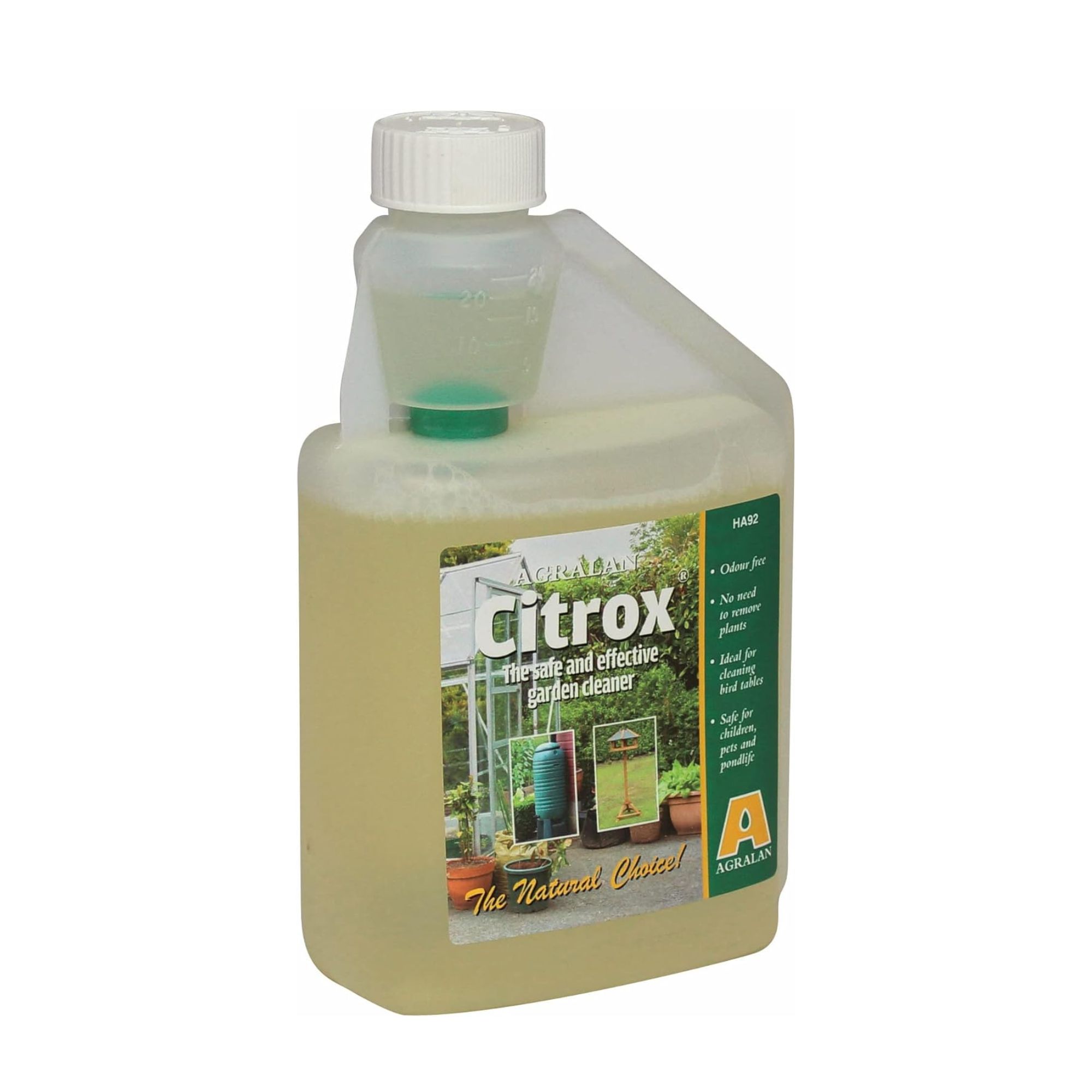How and when to prune lavender - expert tips to ensure this beautiful pollinator continues to flower year after year
Prune your lavender plants in 4 easy steps


Are you wondering how and when to prune lavender? Well, you’re asking yourself all the right questions if you want to keep your lavender plants healthy and happy for years to come.
After all, lavender is a cottage garden favourite that can add both colour and fragrance to your outdoor space. But if you’re going to grow lavender, you have to commit to pruning it. Left to their own devices, lavender plants will struggle to survive as they don’t respond well to neglect.
But you can’t just head out into the garden with a pair of secateurs and hope for the best with these pollinator plants. You need to know exactly how and when to prune lavender, so we’ve asked experts to share their top tips to help you nail this essential garden task.
When to prune lavender
Before you start cutting back your lavender plant, you need to know when to prune lavender. And, ultimately, this all depends on the age of your plant.
When to prune young lavender plants
In its first year, you should aim to prune your young lavender plant in the summer, immediately after flowering. This makes it one of the best jobs to do in the garden in August. Pruning will help the plant establish itself and prevent it from getting too leggy as the years go by. It will also help to promote growth while maintaining an attractive shape.
When to prune established lavender plants
If your lavender plant is over a year old, you should prune it twice a year. Like with young lavender plants, you should prune in the summer immediately after flowering. You should then complete a second prune in early spring, removing any dead or diseased stems and leaving enough on the plant for it to recover.

When pruning after flowering, Tony Williams, Estates Manager at Mount Ephraim Garden, explains, ‘Your plant will indicate when it’s time for a trim when the flowers have faded and there’s no longer any visiting pollinators.’
Sign up to our newsletter for style inspiration, real homes, project and garden advice and shopping know-how
‘If you miss the window to trim your lavender at the end of the summer, it’s best to wait until the end of spring the following year,’ he adds.
But in both cases, it’s always best to prune lavender in the morning and on a mild day. This will help your plants cope with the stressful ordeal without adding more stress like high temperatures or cold evenings into the mix.

Tony is a keen and experienced gardener who has worked in horticulture across a variety of sites, including Canterbury Cathedral. He is extremely interested in sustainable gardening and strives to avoid polluting chemicals in fertiliser and pest control. He is dedicated to preserving natural resources and reducing water waste wherever possible.
How to prune lavender
What you'll need
1. Identify your variety of lavender
There are so many different varieties of lavender, and it’s important to note that each has different pruning requirements. After all, some are hardy and can tolerate a tougher prune, while others are more tender and need a gentler touch.
If you have English lavender in your garden, you’ll be happy to know that it’s a tough cookie. This means that you can cut off a fair amount of foliage without worrying too much.
The same can’t be said for French, Spanish or hybrid lavender, though, which typically have the ‘ears’ that come out of the main flowerhead. These lavender varieties are much more tender than English lavender. So, you should err on the side of caution during your pruning session.

2. Clean your tools
It’s always important to clean your garden tools, but this is even more important when pruning lavender - especially the tender types. By cleaning your sharp secateurs, you can prevent the spread of disease and make the pruning session as stress-free as possible for the plant.
To do this, simply grab a microfibre cloth, dab on some cleaning agent (although soap and water can also do the trick) and wipe over the blades of your secateurs.
3. Prune the green stems

When you’ve cleaned your tools, you can then start pruning your lavender. Morris Hankinson, Director of Hopes Grove Nurseries, explains, ‘When pruning, aim to remove about one-third of the plant’s height, cutting back the flowering stems and some of the woody growth.’
While you’re doing this, you can also shape the plant to keep it neat and tidy. However, Morris also warns, ‘Be careful not to cut into the old, woody stems, as lavender has difficulty regenerating from older wood. Instead, focus on trimming the soft, green stems.’
‘Regular pruning also helps prevent the plant from becoming too leggy and woody, which can lead to fewer blooms and a shorter lifespan,’ he adds.
If your lavender plant looks particularly woody rather than bushy, however, you can prune the woody stems at your own risk. Only take off around two inches of woody growth, and do this only in the spring when the plant has enough time to recover.

Morris Hankinson is the founder and managing director of Hopes Grove Nurseries Ltd, the UK’s only specialist grower-retailer of hedging plants. He established the thriving business in 1992, shortly after graduating with a Commercial Horticulture Degree from Writtle College, Essex.
4. Dispose of the waste
Then, all you need to do is take a step back, admire your handiwork, and then dispose of the waste. If you can, add the loose lavender cuttings to your compost heap so you can use it later to feed your garden.
If you don’t have a compost pile, add the cuttings to your general waste bin rather than leaving them near healthy plants as this can encourage pests and spread disease. Of course, you could also attempt to propagate your lavender if you want to grow more plants for free.
Then, all you need to do is continue your pruning efforts year after year. As Tony explains, ‘Regular pruning prevents your lavender from becoming woody and helps to maintain its aesthetic appeal and health.’

FAQs
Should I prune or deadhead lavender?
Technically, you should do both! You should always prune lavender after flowering, which involves cutting the stems and the flowerheads at the same time. So, in essence, you’re also deadheading while you’re pruning.
If you don’t have time to prune your lavender immediately, though, you can get away with deadheading it alone for a few weeks. Just make sure that you get around to pruning your lavender before the temperature turns.
Why is my lavender so leggy?
If you have a leggy lavender, there’s a high chance that you’re not giving it enough attention when pruning. If left to their own devices, lavender will focus on growing leggy, woody stems rather than green, bushy stems.
So, aim to prune it immediately after flowering. If you have an established lavender plant over a year old, you can also prune it again in the spring to promote bushy growth.
So, now you know how and when to prune lavender, it’s time to get cracking!

Lauren Bradbury has been the Content Editor for the House Manual section since January 2025 but worked with the team as a freelancer for a year and a half before that. She graduated with a Bachelor’s degree in English and Creative Writing from the University of Chichester in 2016. Then, she dipped her toe into the world of content writing, primarily focusing on home content. After years of agency work, she decided to take the plunge and become a full-time freelancer for online publications, including Real Homes and Ideal Home, before taking on this permanent role. Now, she spends her days searching for the best decluttering and cleaning hacks and creating handy how-to guides for homeowners and renters alike, as well as testing vacuums as part of her role as the Ideal Home Certified Expert in Training on Vacuums, having spent over 110 hours testing different vacuum models to date!


